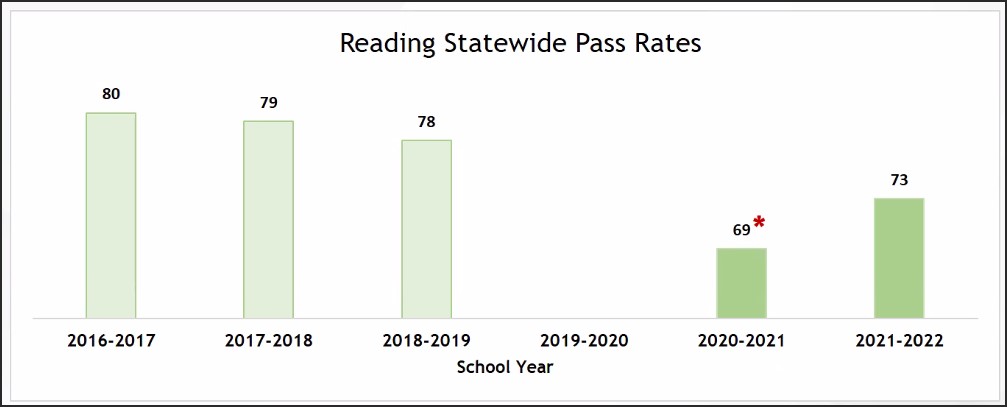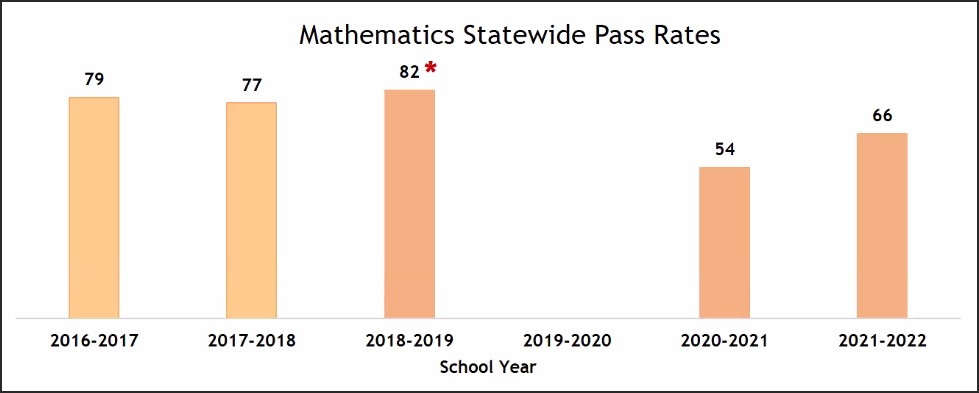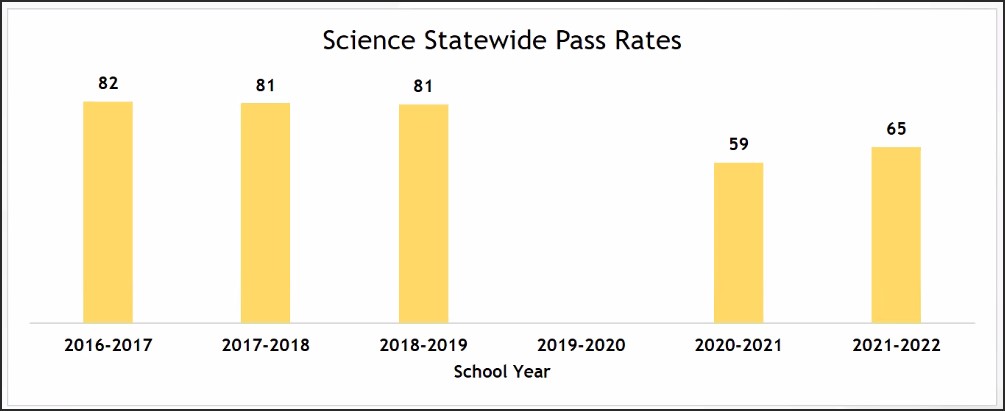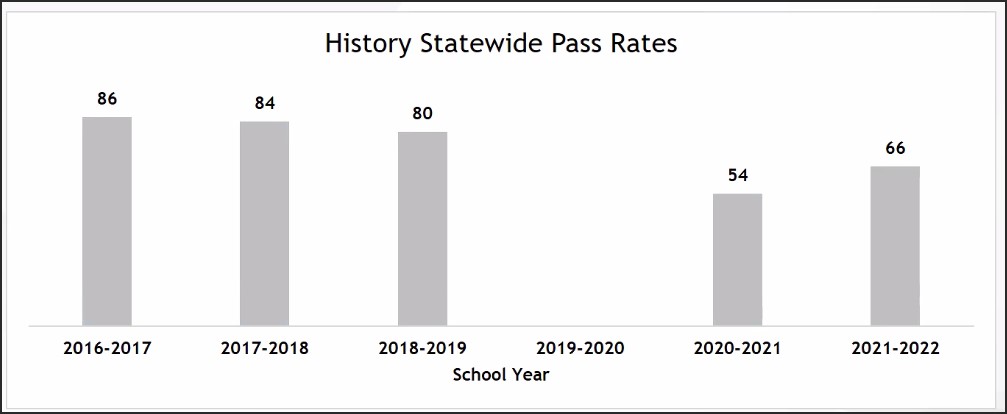
by James A. Bacon
School closures during the COVID-19 epidemic have had a prolonged negative impact on Virginia students’ Standards of Learning (SOL) test scores. Pass rates for English, math and other subjects took a hard fall during the 2020-21 school year when many schools switched to remote learning. Scores climbed part-way out of the hole during the 2021-22 school year when most students returned to in-person learning, but large learning gaps remain.
“The bottom line is that in-person instruction matters,” said Superintendent of Public Instruction Jillian Balow in announcing statewide SOL results today. Even with children back in schools, she added, the state is embarking upon “a multiyear recovery effort.”
The chaos of the 2020-21 school year impacted virtually every school in every district across Virginia, as well as every racial/ethnic group. But students benefiting from in-person instruction through the height of the pandemic enjoyed the greatest percentage rebound back to pre-pandemic levels, concluded the Virginia Department of Education (VDOE).
“[Sixty-nine percent] of students who experienced in-person instruction for nearly all of 2020-2021, and 62% of students who experienced in-person instruction for most of 2020-2021 passed their 2021-2022 math tests, compared with 39% and 37% who experienced nearly all or mostly remote instruction, respectively,” stated the VDOE press release.
“We should have a hair on fire moment,” said Secretary of Education Aimee Guidera in a virtual press conference. The levels of proficiency are “deplorable” for Blacks and Hispanics.
However, the purpose of releasing the data is not to “blame and shame,” Guidera said. The Youngkin administration intends to use the data “not as a hammer but a flashlight” to illuminate problems in the system, inform efforts toward continuous improvement, and steer resources to help those who experienced the greatest learning loss.
VDOE officials also shared data that showed downward trends in SOL scores two years before the pandemic struck. The chaos surrounding the pandemic accentuated the learning loss, creating a huge deficit that teachers tried with varying degrees of success to overcome during the last school year. They cautioned that year-to-year comparisons for English and Math over the six-year period studied are complicated by changes to the SOL scoring methods, which lowered the standards for passing and boosted pass rates, as well as varying student participation rates in the exams in different years.
With those caveats, the long-term trends are worrisome.

VDOE officials also highlighted the fact that Blacks and Hispanics have lost more ground since the pre-pandemic year of 2018-19 than Asians and Whites.
“The prolonged closure of schools exacerbated downward trends in achievement that began several years before COVID-19, and our efforts to address learning loss must go beyond making up for lost seat time,” Guidera said. “Moving forward, we must restore a culture of high expectations for every child in every school in the commonwealth. This includes working with the Board of Education to raise standards, increase transparency and create an accountability system that drives improvement, and sets grade-level achievement as the goal for every child.”
Next steps include introducing individualized progress reports for students in 1st through 8th grades so parents can see where their children are succeeding and falling behind. The new budget also includes $10 million to implement the Virginia Literacy Act, $7 million for additional reading specialists, and $100 million to launch college laboratory schools. Lab schools will prioritize “traditionally under-served students” and students who have fallen furthest behind. Those sums are on top of $40 million allocated the previous year to address learning loss plus $3.2 billion in federal funds for Virginia schools under three pandemic relief acts.
Addressing under-achievement will be difficult if there aren’t enough teachers to fill the the classrooms. VDOE has launched another initiative, “Turning the Tide,” to help school districts fill record teacher vacancies. This includes recruiting bonuses, incentives to attract teachers in hard-to-fill slots like math and science, and easing the entry of retired people and career switchers into the classroom.






Leave a Reply
You must be logged in to post a comment.